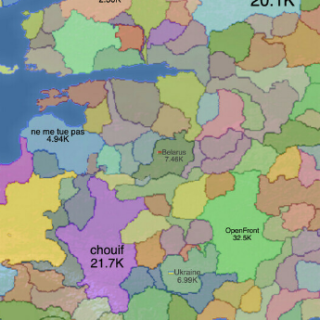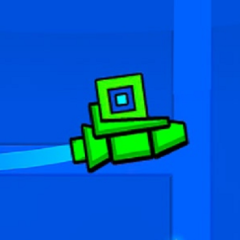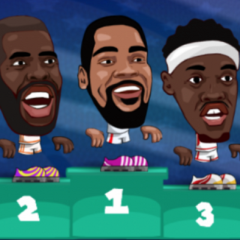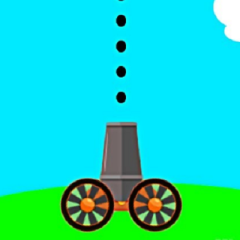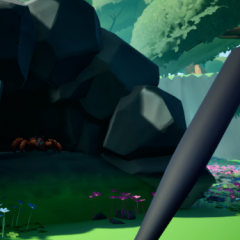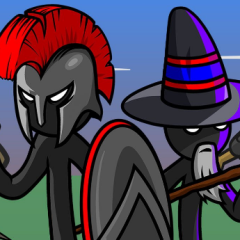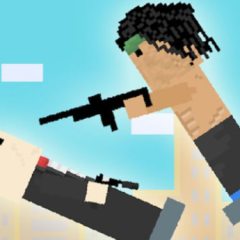OpenFront
Advertisement
Advertisement
OpenFront is a strategy game that focuses on large-scale battles and territorial control. The player is placed in charge of an army and must manage units across open maps where every decision influences survival and expansion. Unlike fast-paced action games, OpenFront relies on planning, resource allocation, and positioning of forces. The objective is to defeat opponents in combat and to secure ground and maintain supply lines, which are critical for long-term success in each campaign.
Gameplay Mechanics
The structure of OpenFront combines base management with tactical deployment. Players begin with limited resources and must construct facilities that produce units, gather supplies, and strengthen defenses. The combat phase occurs in real time, where units are directed to attack, defend, or maneuver across the map. This mixture of management and direct engagement requires a balance between building strength at the base and maintaining presence on the battlefield. Decisions made early in the match often shape the outcome, making timing as important as tactics.
Key Features Of The Game
· Real-time battles with multiple unit types
· Resource management to sustain armies
· Building and upgrading structures for growth
· Capturing and holding territory as a win condition
· Maps with open areas and strategic chokepoints
Strategic Depth
Each scenario in OpenFront is designed to encourage different strategies. Some maps emphasize fast expansion, where capturing resource points quickly leads to dominance, while others reward defensive play and gradual buildup of strength. Unit variety plays a central role, since infantry, vehicles, and artillery all function differently and must be combined effectively. For example, infantry can move quickly through terrain but are vulnerable to heavy fire, while armored units provide strength at the cost of speed and flexibility. Success depends on recognizing the balance between unit types and adapting to the opponent’s approach during the match.
Multiplayer And Competitive Play
In addition to single-player missions, OpenFront supports multiplayer battles where players compete in real time. This mode highlights the importance of unpredictability, as no two opponents approach the battlefield in the same way. Matches can involve quick skirmishes or drawn-out campaigns depending on player choices. Multiplayer also introduces the challenge of maintaining awareness of multiple fronts at once, since opponents may attempt diversions or flanking maneuvers. The ability to respond under pressure becomes just as important as initial planning.
